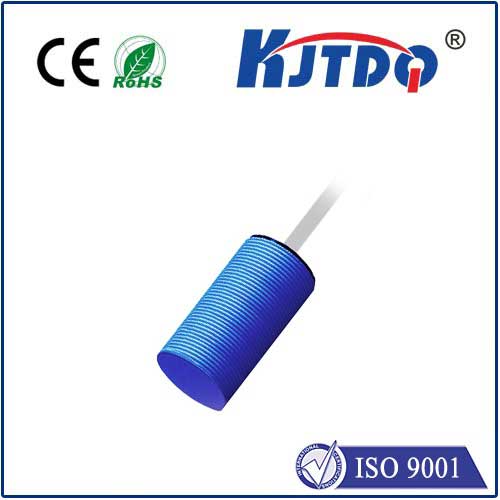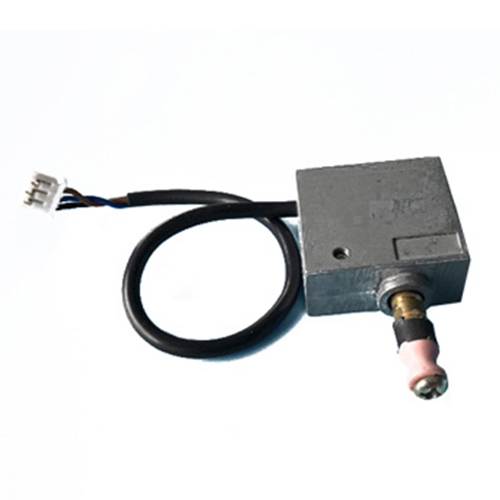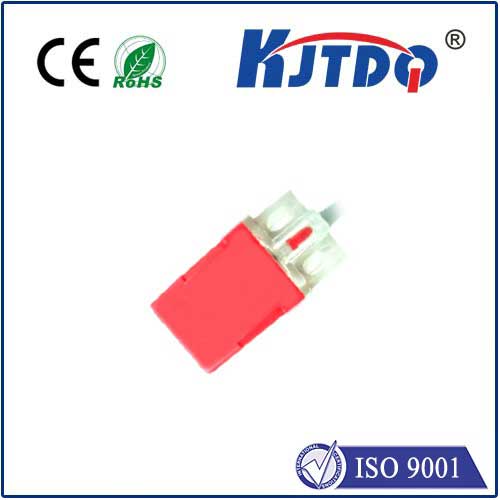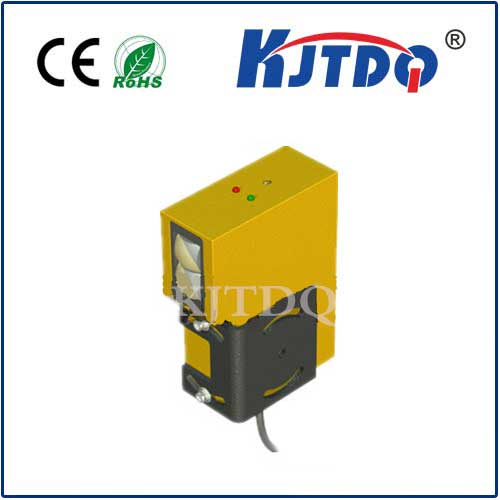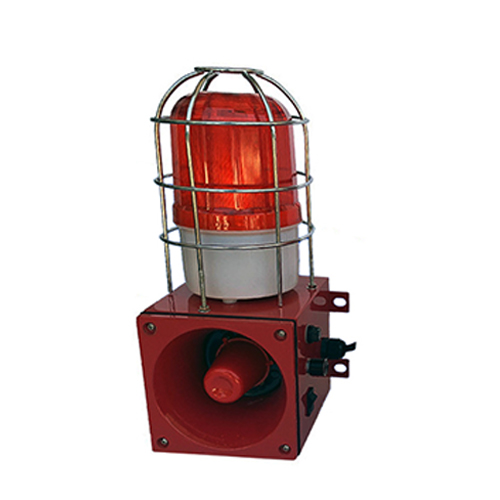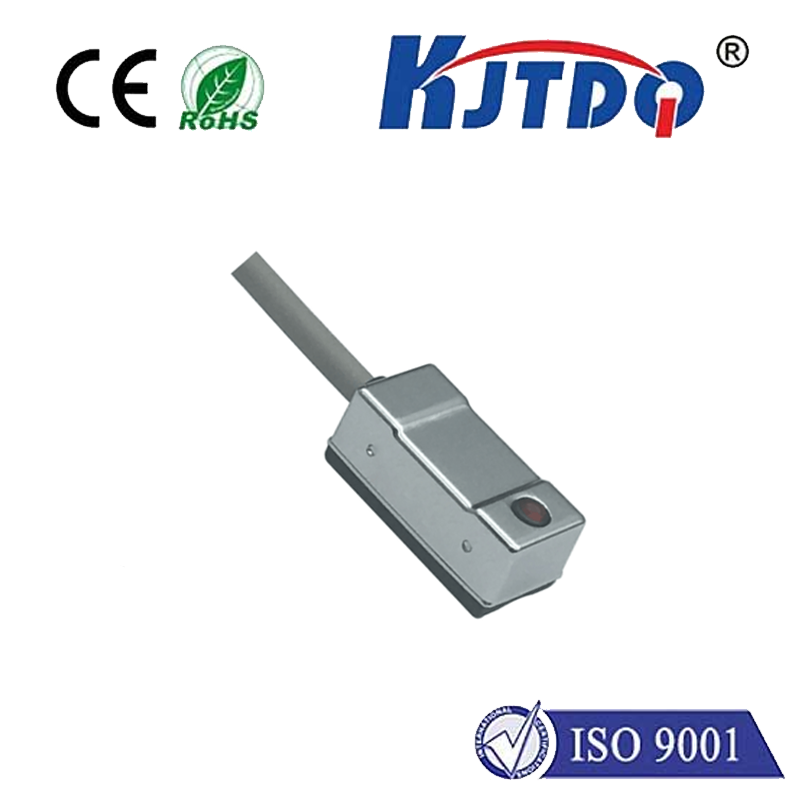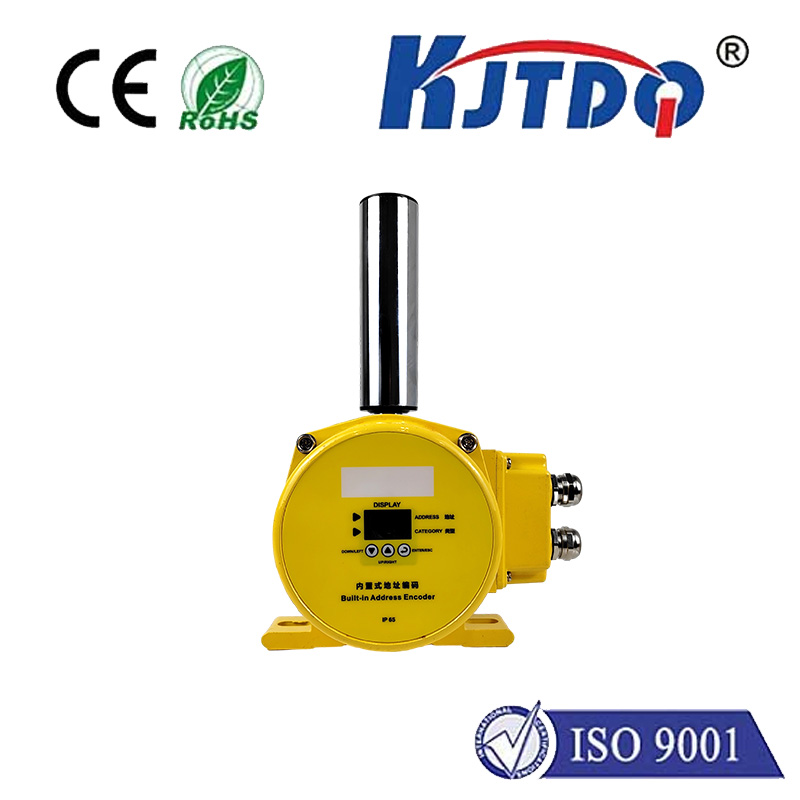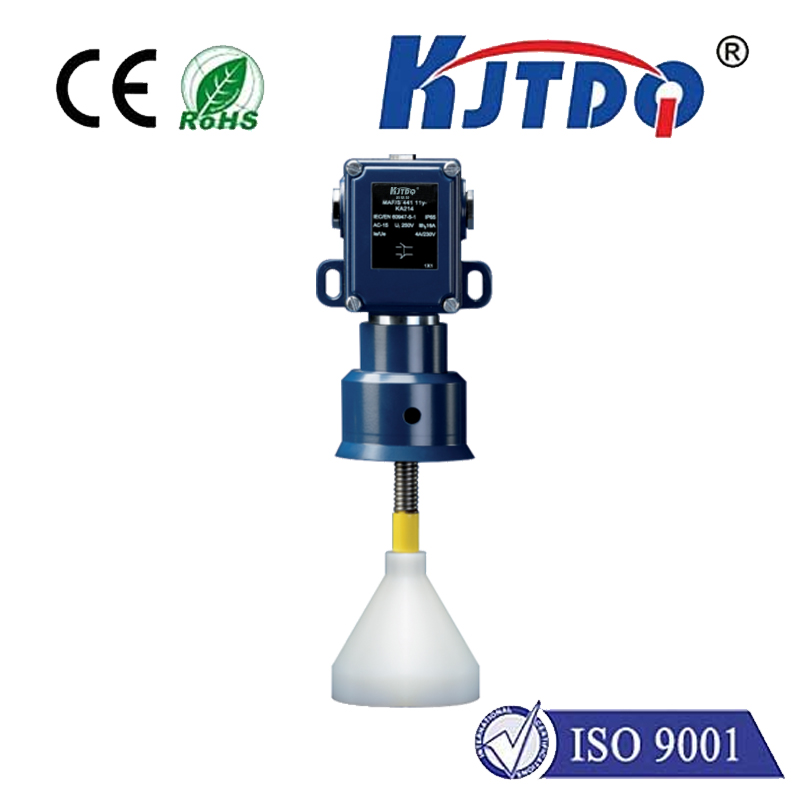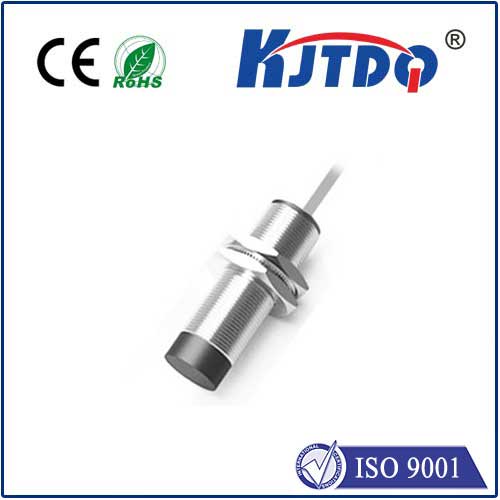wireless distance sensor
- time:2025-08-28 03:58:12
- Click:0
Unlocking Precision: The Ultimate Guide to Wireless Distance Sensors
Imagine trying to measure the height of a towering warehouse stack, the precise level of a hazardous chemical tank, or the ever-changing distance to a moving robotic arm – with a tape measure. Frustrating, impractical, and often dangerous. This is where wireless distance sensors revolutionize the game, delivering critical measurement data without the constraints of wires, enhancing safety, efficiency, and automation across countless fields.
What Exactly is a Wireless Distance Sensor?
At its core, a wireless distance sensor is a sophisticated device designed to accurately determine the distance between itself and a target object without any physical contact. Unlike traditional methods like rulers or cable-actuated sensors, it transmits measurement data over a wireless connection – typically utilizing protocols like Bluetooth Low Energy (BLE), Wi-Fi, LoRaWAN, Zigbee, or proprietary RF signals. This cordless operation is its defining feature and greatest strength. They are also commonly referred to as wireless proximity sensors or wireless rangefinders, depending on the specific application and technology.
Core Technologies Powering Distance Measurement

These sensors rely on established physical principles to achieve non-contact distance measurement. The two most prevalent technologies are:
- Ultrasonic Sensors: Emitting high-frequency sound waves beyond human hearing, these sensors calculate distance by measuring the time-of-flight (ToF) – the interval between sending the pulse and receiving its echo. Highly effective for a wide range of targets, especially in indoor environments or where moderate precision suffices. They are often favored for their cost-effectiveness and versatility.
- Laser Distance Sensors (LiDAR principles): Utilizing focused light beams (usually laser diodes), these sensors offer exceptional measurement accuracy, often down to the millimeter or even micrometer range, over longer distances. They also primarily use time-of-flight technology, though some employ phase-shift methods for even higher precision. Ideal for demanding applications requiring pinpoint accuracy or working in bright ambient light.
The Compelling Advantages of Going Wireless
The shift away from wired sensors brings a cascade of benefits:
- Effortless Installation and Flexibility: Wiring, especially over long distances, through walls, or in complex machinery, is time-consuming, expensive, and restrictive. Wireless sensors install rapidly, often with simple mounting brackets or magnets. Need to relocate a sensor? Move it effortlessly.
- Reduced Costs: Eliminating conduit, cables, and the labor associated with installing them leads to significant cost savings, particularly in large-scale deployments or retrofitting existing systems.
- Enhanced Safety: Measuring dangerous or inaccessible areas (high temperatures, moving parts, hazardous substances) becomes safe. Personnel no longer need to physically access risky zones for manual checks or initial wiring setup.
- Scalability and Mobility: Expanding a monitoring system is dramatically simpler. Adding new sensors is plug-and-play (or rather, mount-and-configure). Wireless sensors can also be placed on moving equipment or vehicles, enabling dynamic distance monitoring applications.
- Remote Monitoring Capability: Data is transmitted wirelessly to central hubs, cloud platforms, or mobile devices. This enables real-time distance monitoring, remote configuration, diagnostics, and alerts from anywhere with network access. Operational oversight reaches new levels.
- Aesthetic and Practical Benefits: Eliminating cables reduces clutter, minimizes tripping hazards, and offers cleaner setups in environments like smart homes or modern factories.
Where Wireless Distance Measurement Makes a Huge Impact
The applications for wireless distance sensors are vast and continuously expanding:
- Industrial Automation & Manufacturing: Monitoring product positions on conveyors, precise robotic arm guidance and collision avoidance, checking fill levels in bins or tanks (level monitoring), verifying component dimensions.
- Smart Logistics & Warehousing: Optimizing warehouse inventory management with pallet position tracking, automated guided vehicle (AGV) navigation and obstacle detection, measuring stack heights for space optimization, triggering alerts for unauthorized access zones.
- Construction & Infrastructure: Monitoring structural deformation or settlement, controlling heavy machinery (like crane hook height control), site surveying, ensuring safe distances on busy sites.
- Smart Agriculture (AgTech): Monitoring silo fill levels for grains or feed, guiding autonomous agricultural machinery through fields.
- Smart Buildings & Home Automation: Occupancy detection for lighting/climate control, automatic door/gate opening based on approach, optimizing parking space detection in garages (smart parking systems).
- Security Systems: Creating virtual tripwires for perimeter security, detecting intrusions in restricted areas.
- Robotics & Drones: Essential for autonomous navigation, obstacle avoidance, and precise maneuvering, both indoors and outdoors.
- Transportation: Vehicle detection at toll booths, height clearance measurement in tunnels or underpasses, automated docking systems.
Key Considerations When Choosing a Wireless Distance Sensor
Selecting the right sensor hinges on your specific needs:
- Required Range & Accuracy: What distances need measuring, and what precision is critical? Ultrasonic sensors generally cover shorter ranges with good but not laser-level accuracy. Laser sensors excel at longer ranges and high precision.
- Measurement Environment: Consider factors like dust, fog, rain, temperature extremes, ambient light (affects laser sensors), and background acoustics (affects ultrasonic sensors). Will the sensor reliably “see” the target?
- Target Surface Properties: Highly reflective, dark, or absorbent surfaces can impact the performance of both ultrasonic and laser sensors. Testing with the actual target material is advisable.
- Update Rate/Speed: How quickly does the application need new distance readings?
- Battery Life & Power Management: For truly wireless sensors, battery longevity is crucial. Look for sensors with efficient power consumption and features like sleep modes. Mains-powered options with wireless comms also exist.
- Wireless Protocol: Choose a protocol (BLE, Wi-Fi, LoRaWAN, Zigbee) that matches your range, bandwidth, power, and existing infrastructure requirements. LoRaWAN offers ultra-long range but lower data rates, BLE is great for short-range, low-power, Wi-Fi offers high bandwidth and direct internet connectivity.
- Integration & Data Handling: Ensure compatibility with your control systems, SCADA, PLCs, or IoT platforms. How easily can you access and utilize the real-time distance monitoring data?
Embracing a Connected Measurement Future
From the intricate dance of robotic arms on a factory floor to the effortless opening of your garage door, wireless distance sensors provide the invisible, yet vital, spatial intelligence driving modern automation, safety, and efficiency. By eliminating physical constraints and enabling seamless data flow, they offer unparalleled flexibility and insight. As technologies continue to evolve, offering greater accuracy, longer battery life, and more robust connectivity, their role in shaping our increasingly automated world will only grow more profound. Choosing the right distance measurement solution unlocks potential, transforming how we perceive and interact with the physical space around us.






